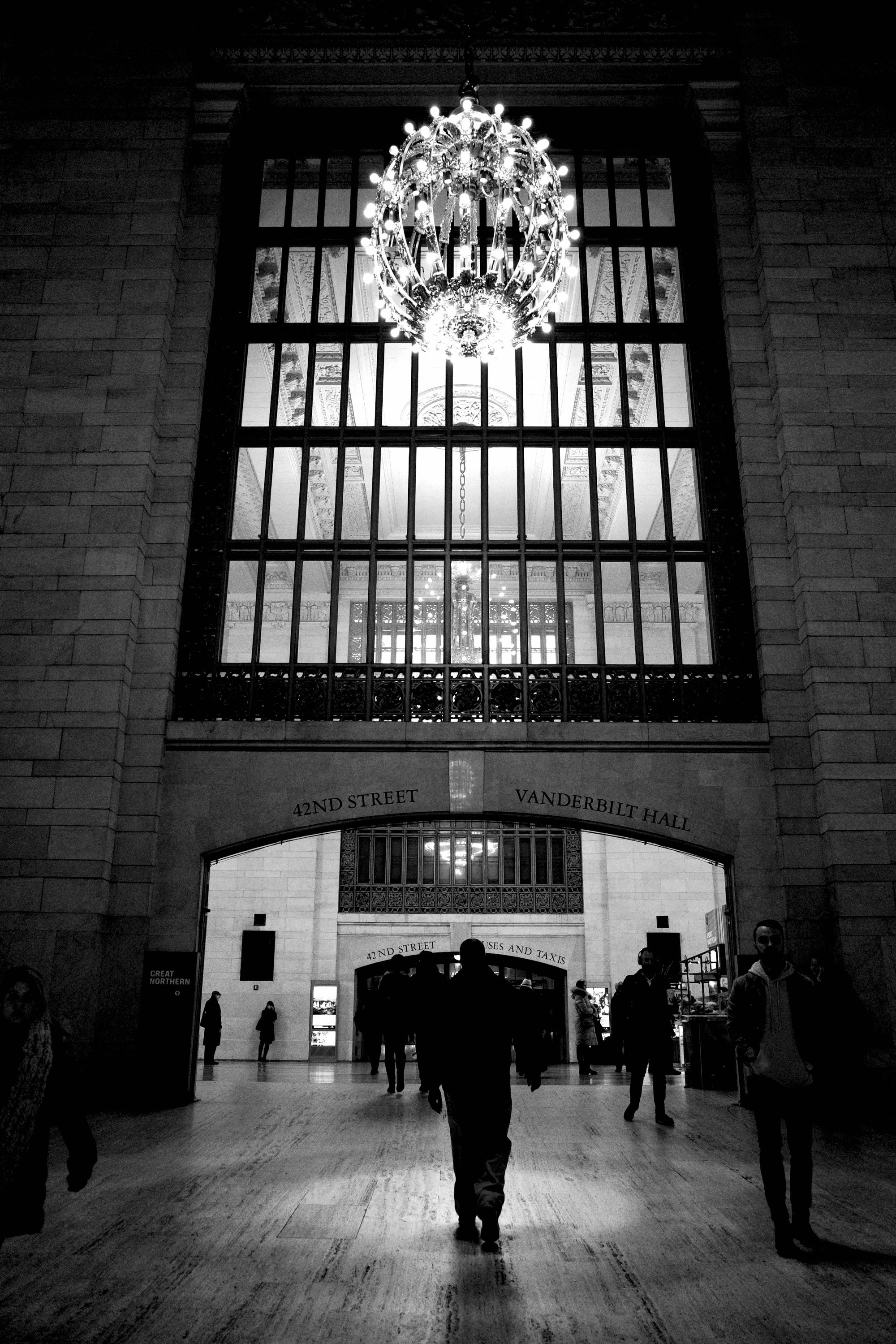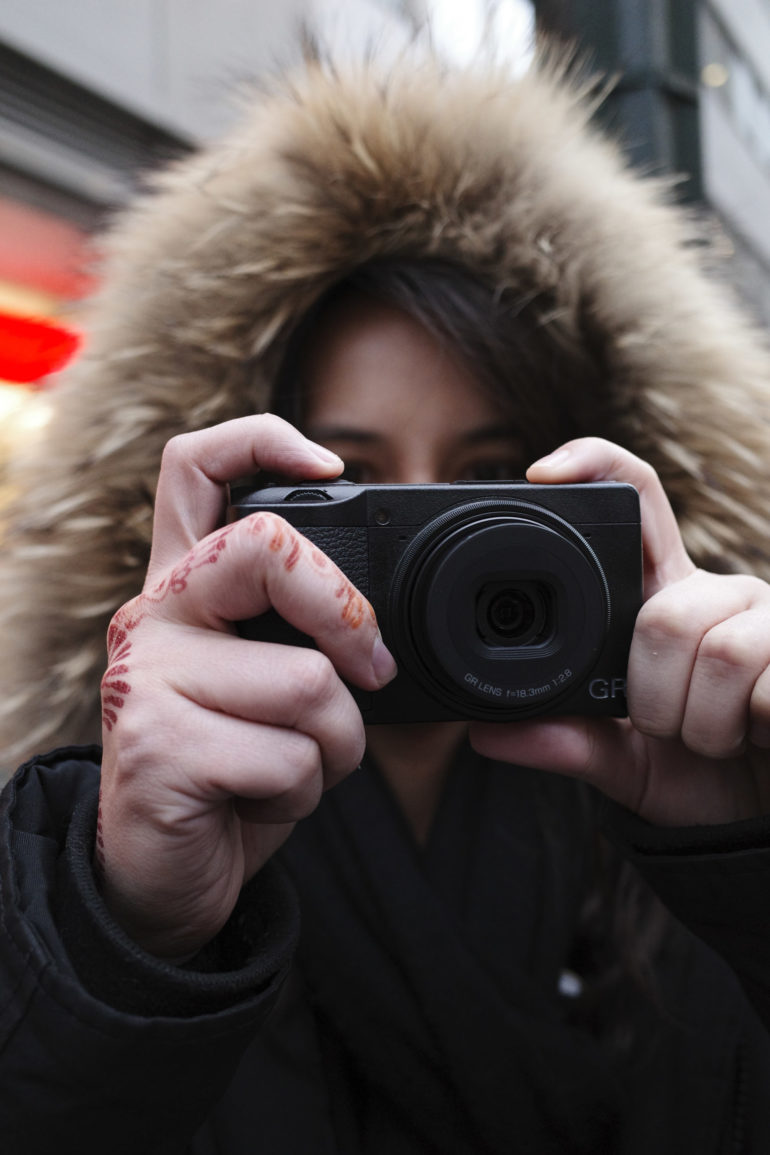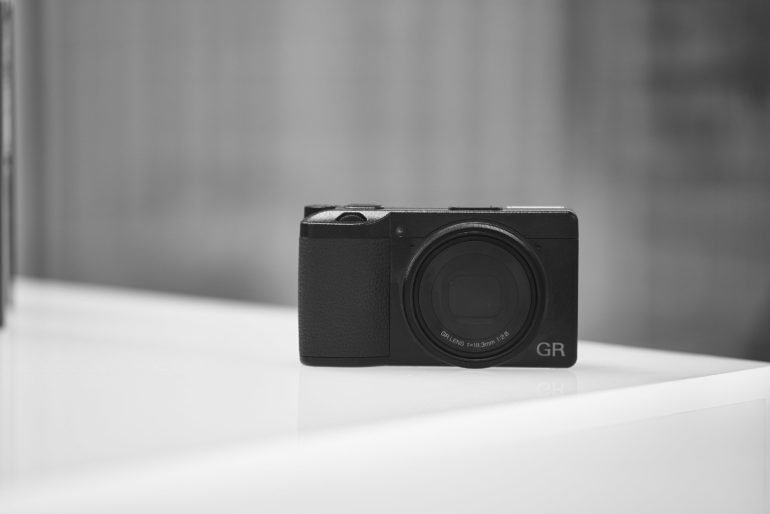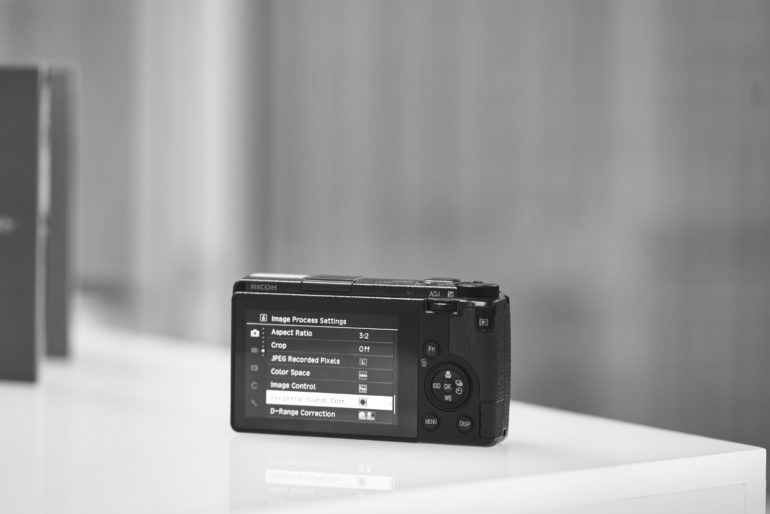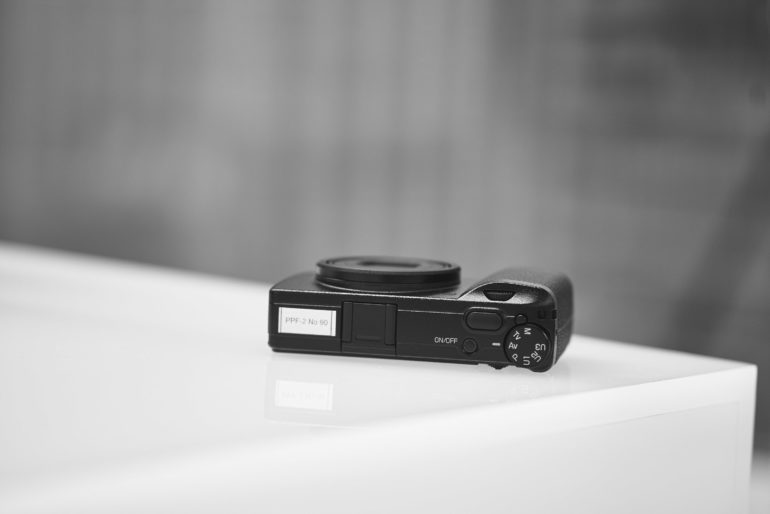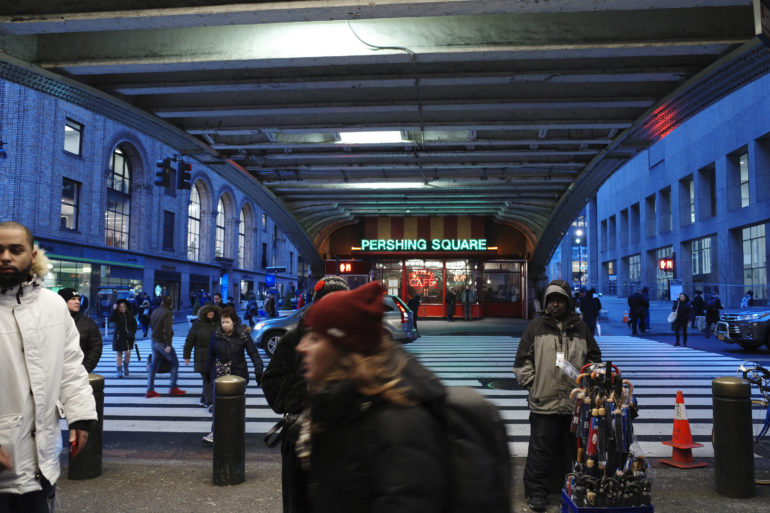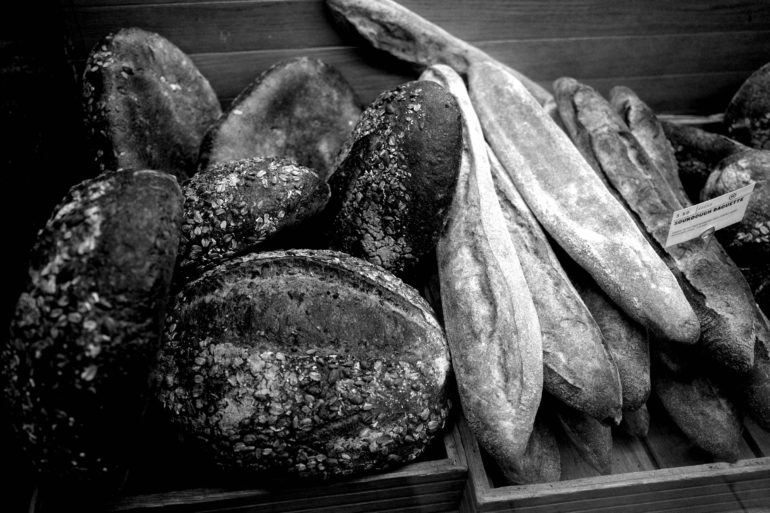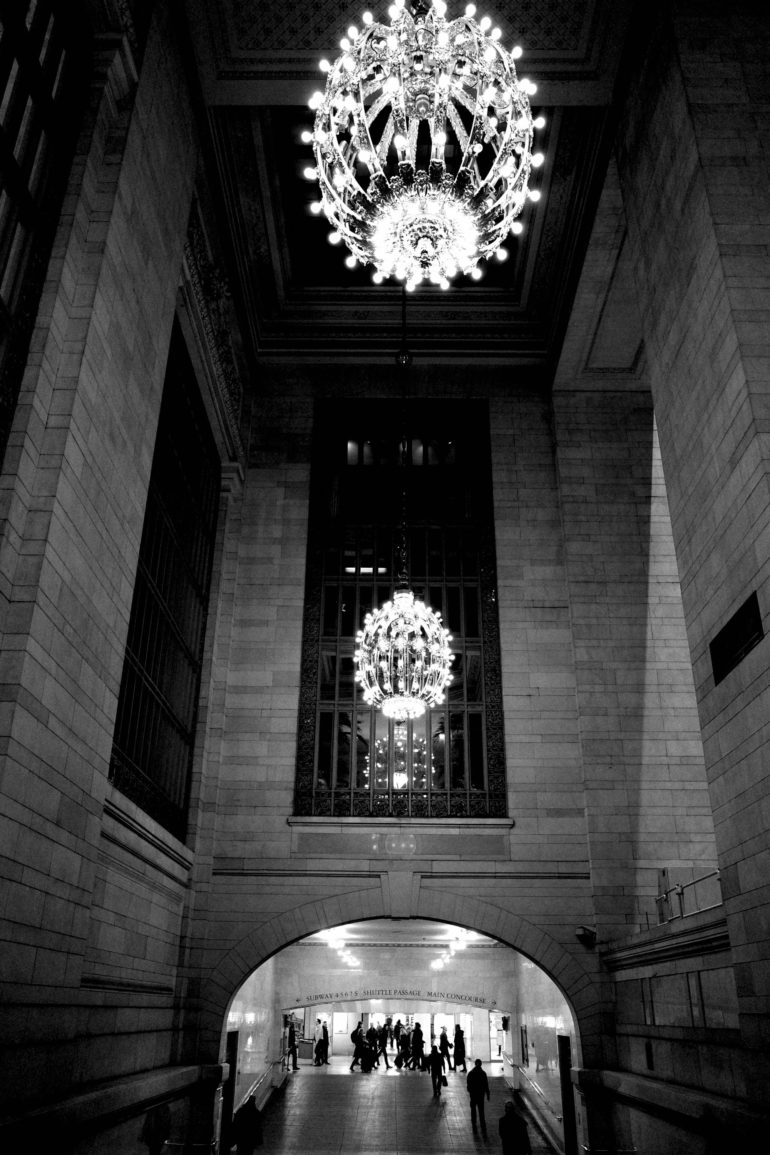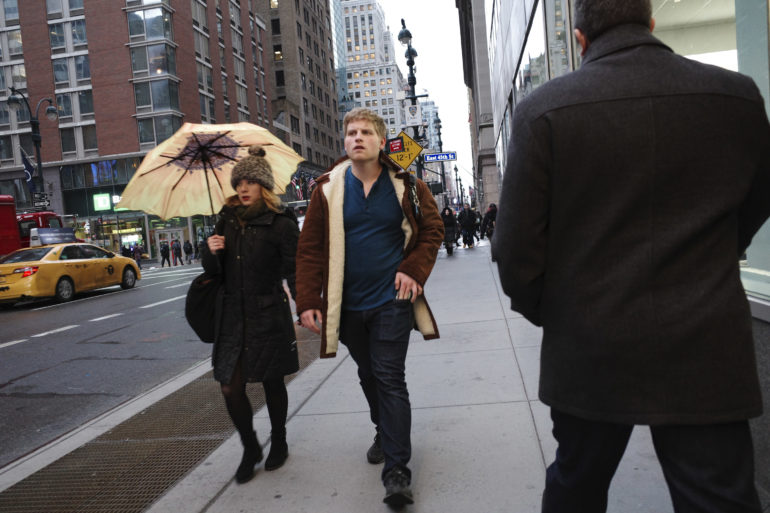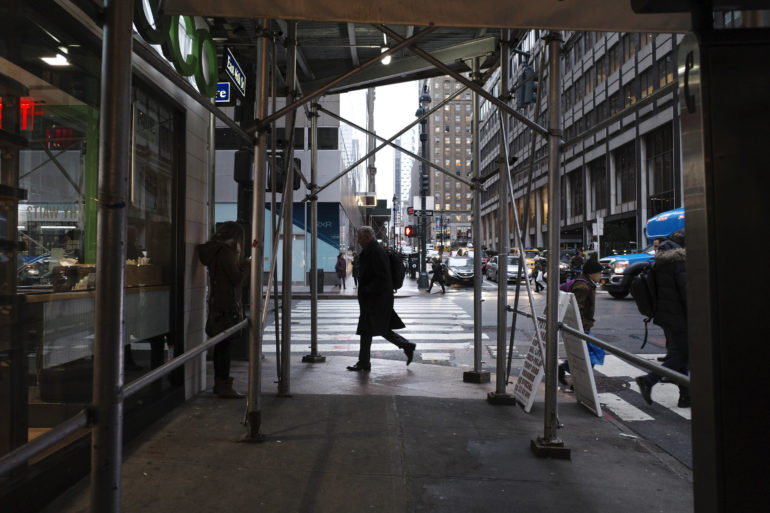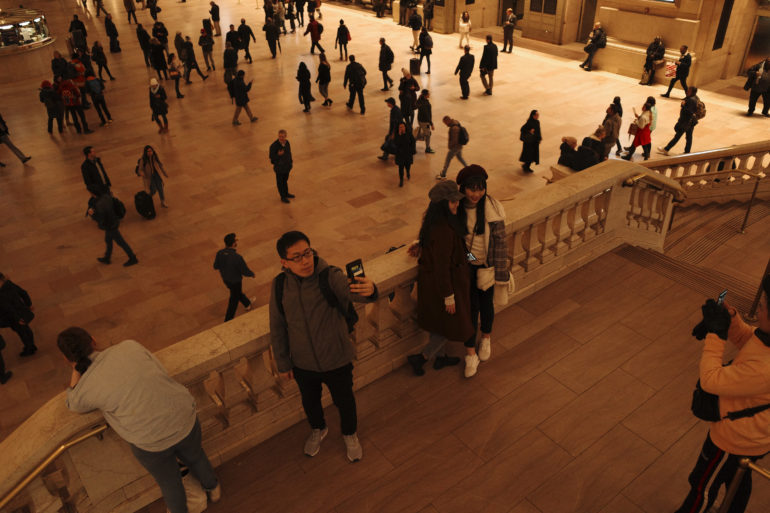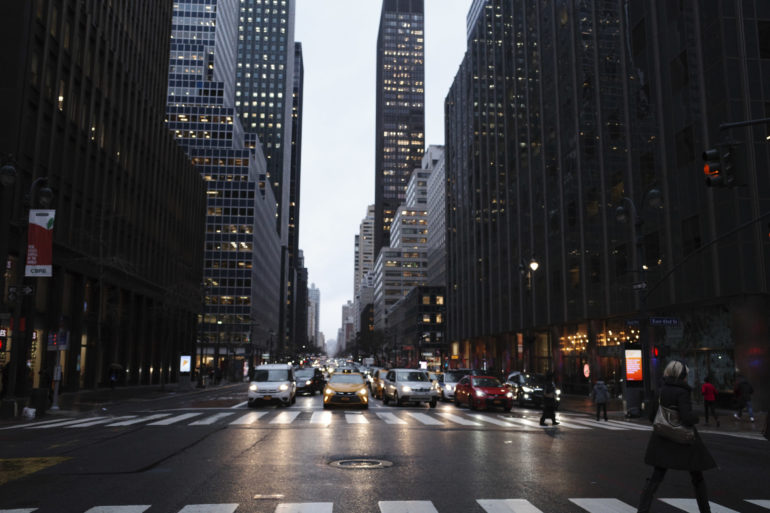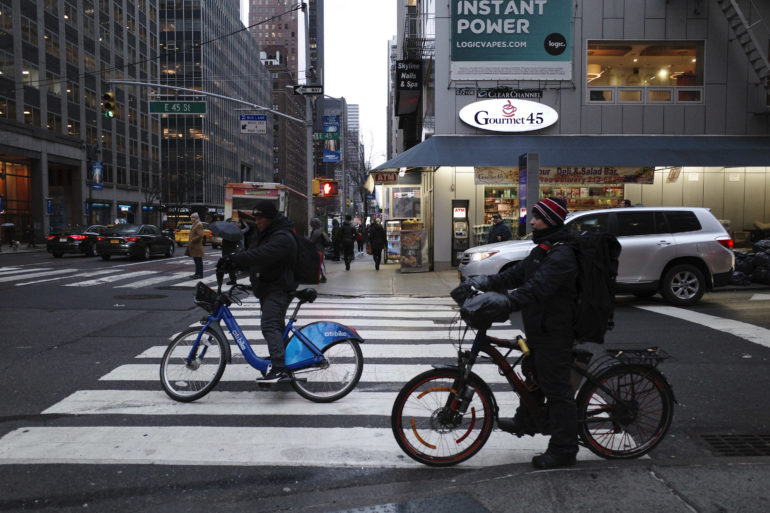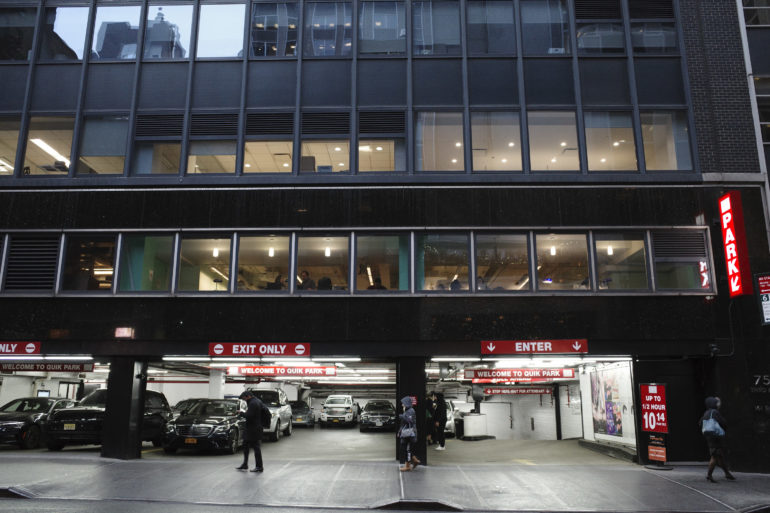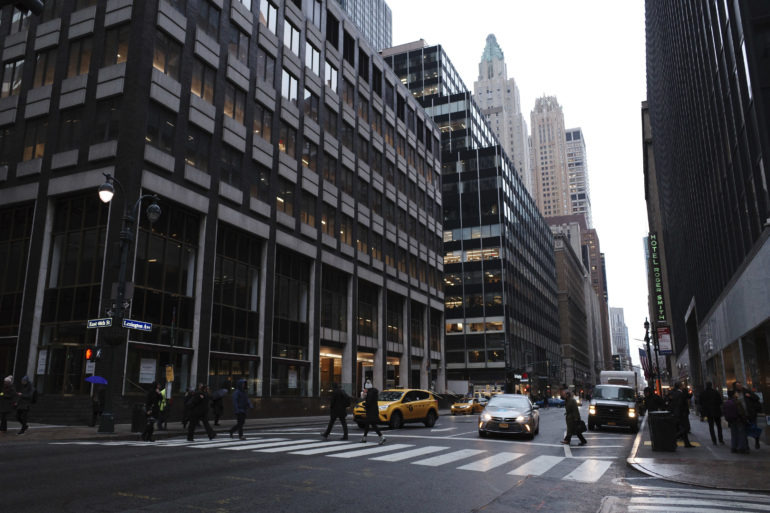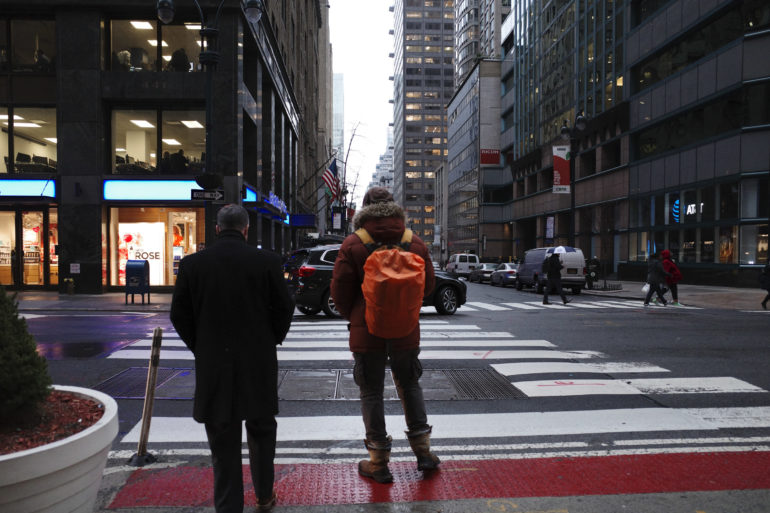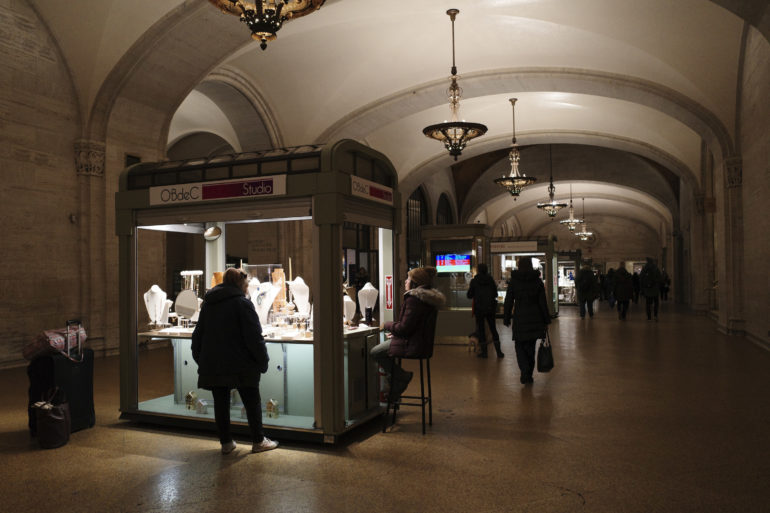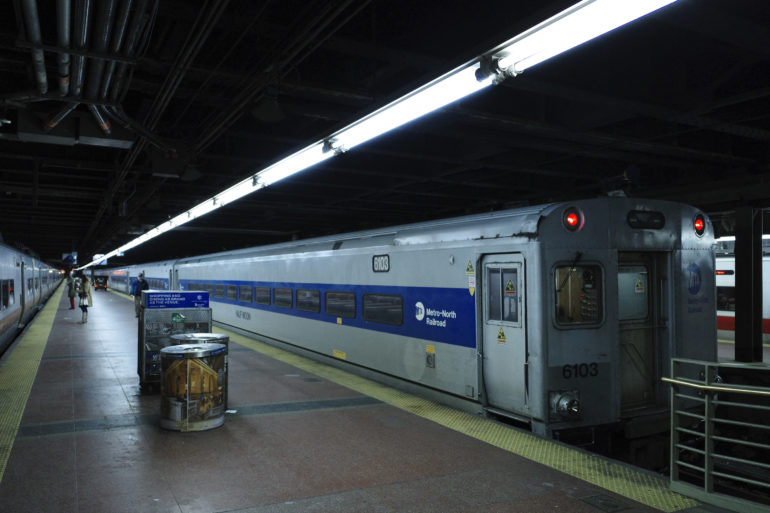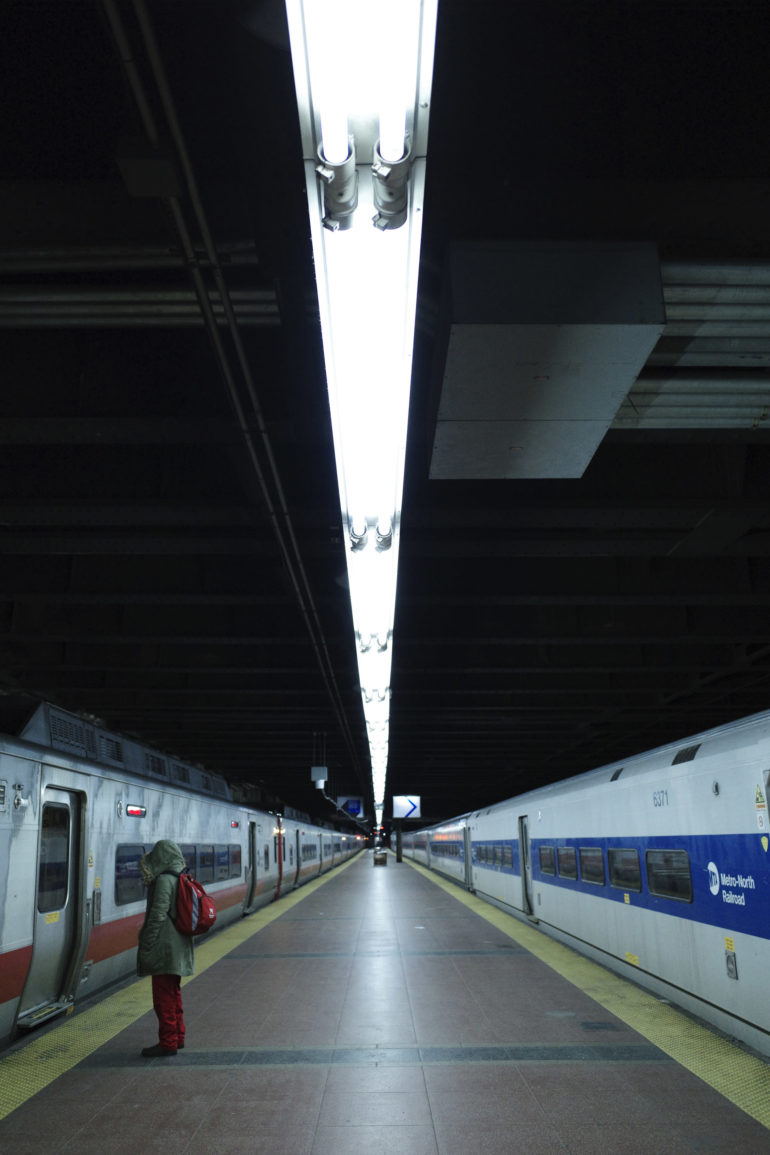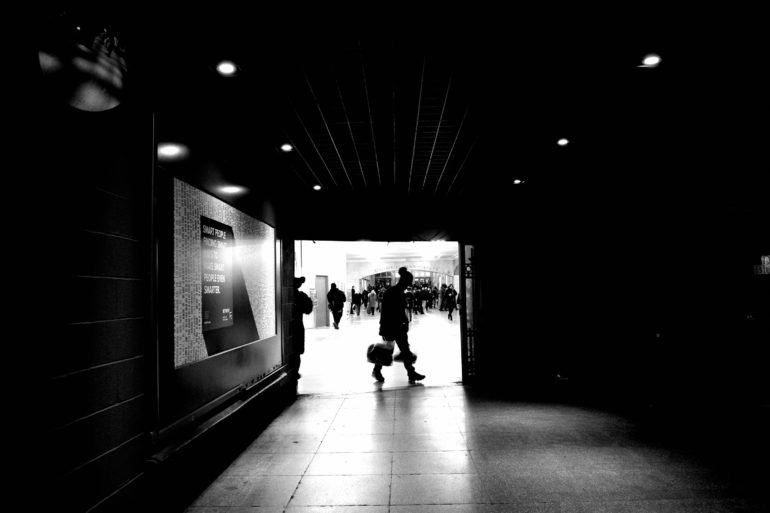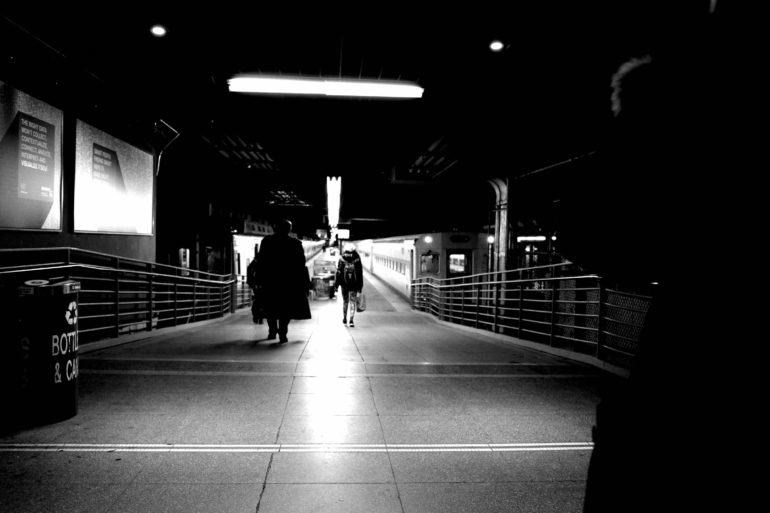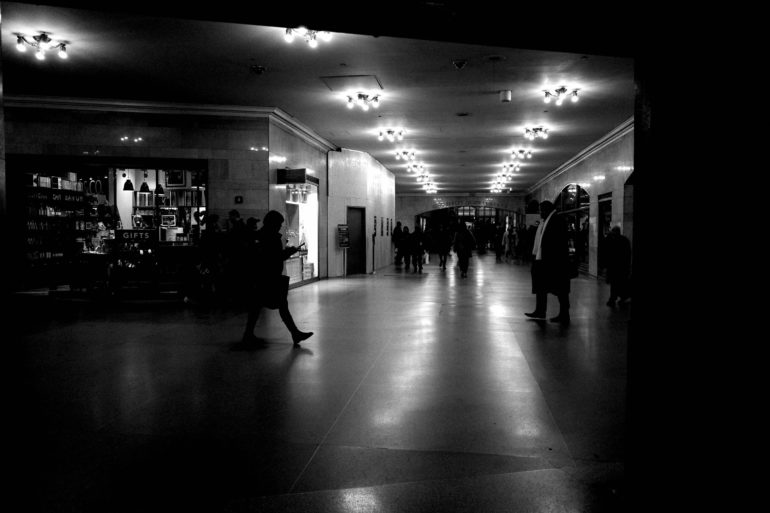Last Updated on 10/01/2020 by Chris Gampat
The Ricoh GR III is the successor to one of the most celebrated digital cameras in the street photography community.
If you were to sit there and compile a list of cult cameras, the majority of them would be analog–but in the digital world one can consider the predecessors to the Ricoh GR III to be cult classics. Along with the Fujifilm X100 series of cameras, the Ricoh GR has been fascinating street photographers for years. Like its film predecessors, the Ricoh GR III is a compact camera designed to be low profile with a sharp lens, fairly simple controls, and designed to let the photographer really just shoot. The Ricoh GR III was announced around Photokina 2018 last year, and it was met with mixed feelings. Some wanted a full frame sensor while others clamored for weather sealing and better battery life. Mentally, I let these things slide and made justifications for why they weren’t included in the camera, but the really big one for me was removal of the little pop-up flash.
Editor’s Note: We played with a pre-production version of the Ricoh GR III for a few short hours. Ricoh then took our SD cards and said that the images would be run through with a finalized firmware then returned them to us. Ricoh returned our JPEGs to us, but not our RAW files. Out of both editorial integrity and transparency, we’re letting readers know this beforehand.
When I got the Ricoh GR III in my hands, I immediately started fiddling around with it to customize the settings to how I like them. Like the previous version, this is more or less a camera best left to aperture priority. There is shutter and aperture control via dials and switches with ISO controls hard wired to a specific button; but in practice I found it all to be a bit too clunky for me at least initially.
When you look at the Ricoh GR III from the front, you’ll see a very minimal looking camera. The only real features that you see here are the lens, the logo, and the exposure control dial. There is also a little bit of a grip.
The menu system of the Ricoh GR III is very much like the previous menu with some new additions. These new additions have more to do with customization of controls–at least that’s what I was about to gather in my little while of testing the camera. The ergonomics controls on the back are all centered around the right side. What the camera is really lacking is a joystick control of some sort. One may argue that there is the touch-the-screen-to-focus-and-shoot control, but that’s not always the most comfortable or practical thing to do. For example, if you choose a larger focusing area of the scene, you’ll still need to tap on your subject to focus and shoot. With a joystick, you can have an area preset, then the lens just has to focus to said area.
Here we see the top profile of the Ricoh GR III. IT’s a thin camera as you can see. Ricoh removed the pop-up flash, which is honestly sad to me. I’ve seen some really awesome Bruce Gilden style photos done with the Ricoh GR II’s flash with high speed sync from the leaf shutter and all. So to me, this is actually a pretty bad mark against the Ricoh GR III.
However, my favorite feature of the Ricoh GR series of cameras has always been the image quality and just how unique it seems to be. We’ve featured the work of a bunch of artists using the Ricoh GR series of cameras and they’re all very good. Ricoh’s high contrast black and white rendering has always tugged at my heart in addition to their positive film rendition. Further, I tend to lock my white balance to daylight or tungsten to take the most advantage of that look. In a very conservatively responded interview with me last year, Ricoh said that they didn’t think that full frame would necessarily have given the camera better image quality.
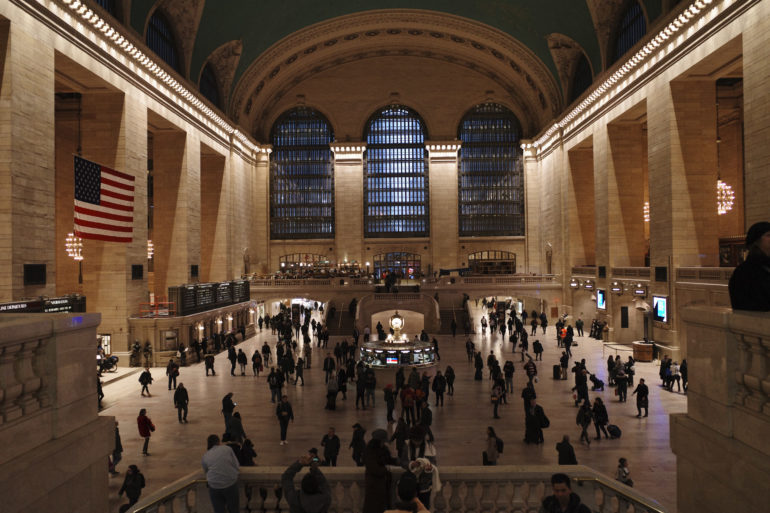
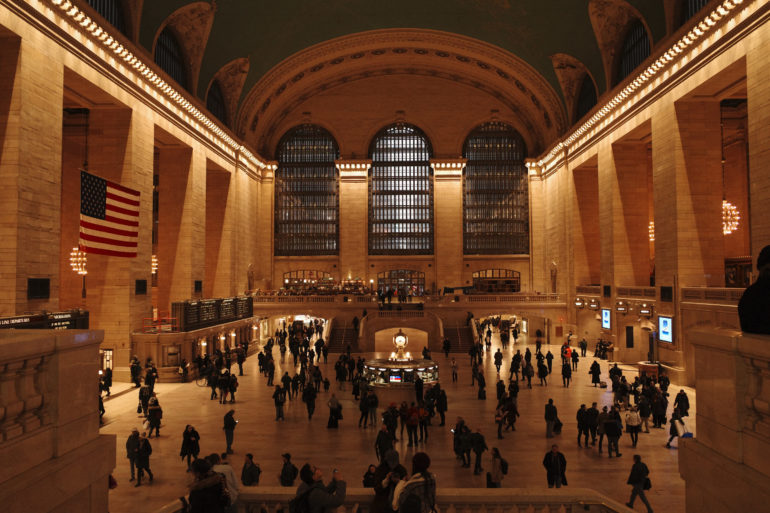
Ricoh Engineering Team: We don’t believe that full frame is necessarily superior to other formats. For the RICOH GR III, we’ve needed a sensor that would deliver excellent image definition and low light performance and was appropriate to the size of the camera. For these reasons, we chose an APS-C sensor.
– We Found Out Why the Ricoh GR III Isn’t Weather Sealed (and Much More)
But like previous versions, I found the Ricoh GR III to struggle with candid street photography at times. This struggle has nothing to do with the physical act of taking a photo–instead, the Ricoh GR III’s low profile doesn’t alarm anyone at all. The Ricoh GR III has a problem with attaining autofocus quickly in low light situations such as what Alex and I encountered in New York’s Grand Central Terminal. But in a way, this pushes you to get a bit more creative and do more of a “photo wait” than candid shooting. The Ricoh GR III gets around this in a way with the touch to focus and shoot feature–which has been standard on many cameras since the Olympus EP-3. The integration here is snappy though there are times impractical for real world use. If you’re walking by a moment happening that you want to shoot a photo of you’ll need to stop, tap the screen, let the Ricoh GR III focus then shoot, and then you can move on. In certain situations, this works–and couple that with how small and low profile the camera is and you probably won’t miss the shot in better lighting. Still faster and better would be an overall faster AF system. The Ricoh GR III allows you to zone focus to shoot, but the integration is very digital and not very analog. The analog implementation of zone focusing is still by far the faster way to shoot sometimes.
The Ricoh GR III also doesn’t have weather sealing incorporated into the design of the camera. To me this was a major drag on hearing it at announcement. Ricoh, when asked about why weather sealing wasn’t incorporated stated “If we made the camera weather sealed, we would need to make some compromises, such as less flexibility on lens barrel construction, button/dial layout, and heat dissipation.” Personally speaking, I would have been okay with this.
I think that one of the most unexplored genres of street photography is what’s possible when the skies open up. So many great images are possible because people simply become so much different and lots of variables happen with reflections and colors. However, the Ricoh GR III was able to withstand the little bit of rain that we experienced walking around NYC.
From my time with the pre-production model of the Ricoh GR III, I’m a bit disappointed with it. If you didn’t know anything about the interior with the sensor and the lens optimizations, you’d probably say that this was the same camera as the Ricoh GR II except that they took away the flash. And if that’s the case, then it seems like they took away features. Of course there is the touch screen with the tap to shoot feature and that’s a big difference when it comes to how the camera is used, but one of the very nice things about the previous Ricoh GR II was the one handed operation. You didn’t need to hold it with two hands if you were steady. The Ricoh GR III has image stabilization built into it, but with the touch screen you more or less need to make shooting a two handed operation if you’re going to use that feature. Said feature is how you’d achieve the fastest focusing with the Ricoh GR III.
I’ll need to wait for a production unit to give my final thoughts, but so far I’m not sure that this is a candid street photography camera as much as it is for documentary or creative street photography involving a process like the photo wait.


